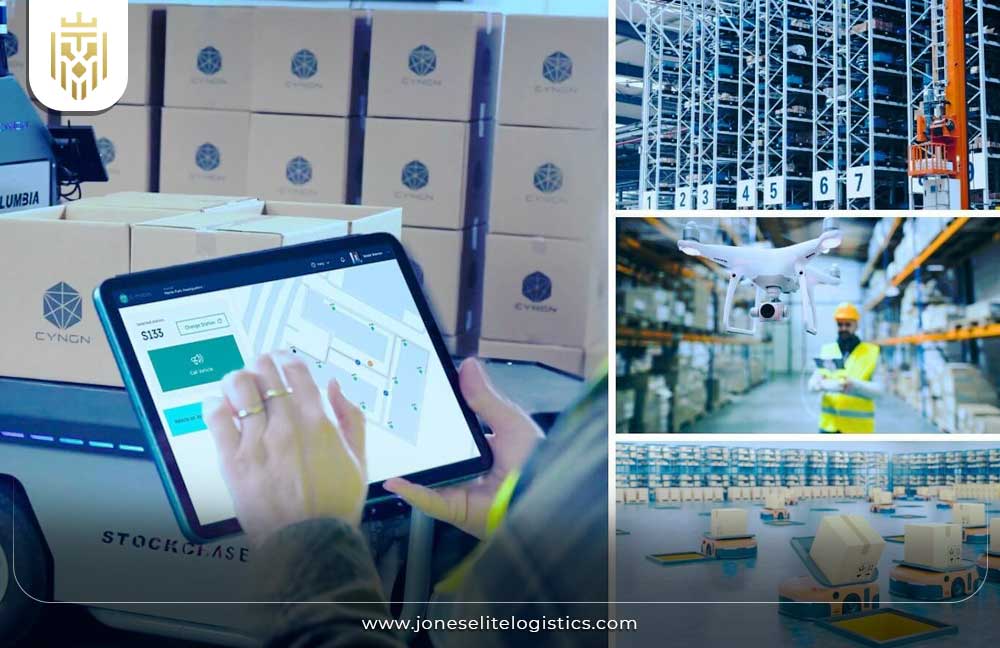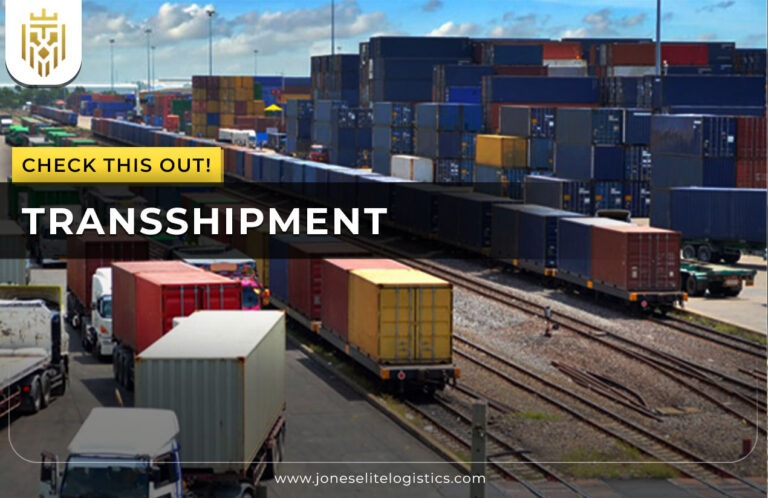What is Supply Chain Digital Transformation?
Supply Chain Digital Transformation integrates digital technologies like AI, IoT, and blockchain to improve efficiency at every stage, from sourcing to delivery. This transformation enables companies to streamline logistics processes and maintain a competitive edge in supply chain management. The digital supply chain is pivotal in reshaping how businesses operate, ensuring agility and cost-effectiveness.
Why is Digital Transformation Important for Supply Chains?
Regularly implementing digital transformation in supply chain management increases efficiency, reduces costs, and enhances visibility, enabling data-driven decisions. It also improves agility, helping businesses manage disruptions, deliver personalized services, and improve customer satisfaction. Embracing supply chain transformation helps companies adapt to supply chain trends, ensuring long-term success in a dynamic market.

Components of Supply Chain Digital Transformation:
Key components of supply chain digital transformation include assessing current capabilities, creating a strategy, integrating digital tools, and optimizing operations continuously. These stages foster a responsive and competitive supply chain. Adopting the right supply chain transformation services ensures seamless implementation, driving better performance across the entire digital supply chain.
Assessment:
The first step in supply chain transformation is assessing current processes and identifying technological gaps. This evaluation helps businesses pinpoint improvement areas to enhance their supply chain management and leverage the latest supply chain digital innovations.

Strategy Development:
Developing a supply chain digital transformation strategy involves setting goals, selecting the right technologies, and creating a roadmap. A well-planned strategy ensures that operations align with the overall supply chain vision while staying current with supply chain trends.
Implementation:
The implementation stage integrates digital technologies such as automation, real-time tracking, and cloud-based platforms. This helps improve logistics, increase operational visibility, and respond swiftly to market changes, creating a truly digital supply chain.

Monitoring and Optimization:
Continuous monitoring of operations reveals inefficiencies, while optimization strategies enhance performance. This step is crucial in minimizing risks, improving delivery times, and driving overall efficiency within supply chain transformation efforts.
Continuous Improvement:
To maintain a competitive edge, regular updates to digital tools and processes are necessary. This approach ensures that the supply chain digital transformation evolves with market demands, sustaining long-term success and promoting supply chain management excellence.
Benefits of Supply Chain Digital Transformation:
Supply chain digital transformation brings numerous advantages, such as improved operational efficiency, enhanced customer satisfaction, real-time transparency, better cybersecurity, cost reductions, and AI-driven advanced analytics. Engaging in supply chain transformation ensures businesses can harness these benefits to remain competitive and agile.
Customer Satisfaction:
Digital transformation enhances customer satisfaction through faster deliveries, accurate tracking, and real-time visibility, ensuring that businesses remain responsive to customer needs. This forms a critical element of supply chain transformation services aimed at improving end-to-end performance.
Enhanced Transparency in Product Flow:
Technologies like blockchain and AI improve transparency, helping businesses monitor inventory, production, and demand in real-time, thus improving the reliability of the digital supply chain. This enhanced transparency aligns with the latest supply chain trends for greater accuracy and efficiency.
Reduced Cyber Risks:
Advanced cybersecurity tools safeguard digital systems, providing better visibility into vulnerabilities and protecting data integrity, creating a more secure and resilient digital supply chain environment. This approach is integral to modern supply chain transformation.
Advanced Analytics:
Advanced analytics, including AI-driven demand forecasting and real-time insights, help reduce costs, optimize supply chain decisions, and improve overall efficiency. Incorporating these analytics into supply chain digital transformation strategies ensures smarter decision-making and alignment with evolving supply chain trends.
FAQs
1) What is Supply Chain Digital Transformation?
Supply Chain Digital Transformation integrates digital technologies to optimize efficiency, streamline logistics, and boost performance across the entire supply chain.
2) Why is digital transformation important for supply chains?
Digital transformation in supply chain management enhances efficiency, lowers costs, increases visibility, and improves decision-making agility within supply chain transformation efforts.
3) What are the components of Supply Chain Digital Transformation?
Key components include assessing current capabilities, developing a strategy, implementing digital tools, and continuous monitoring and optimization to stay competitive with the latest supply chain trends.
4) What are the benefits of Supply Chain Digital Transformation?
The benefits include improved efficiency, real-time transparency, cost reductions, better customer satisfaction, and advanced analytics for smarter decision-making through supply chain digital transformation.
The expansion includes the specified keywords while enhancing the content to reflect modern supply chain digital practices and trends effectively.









